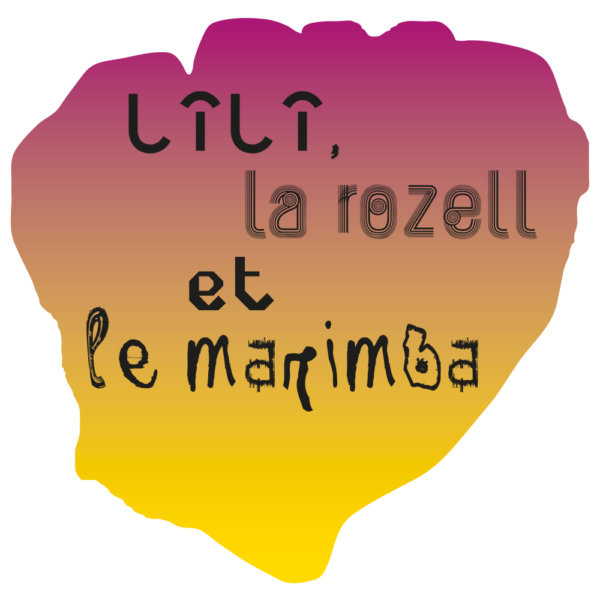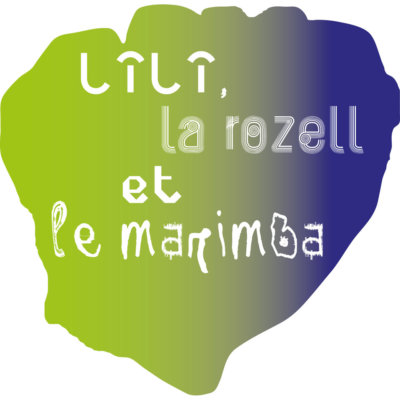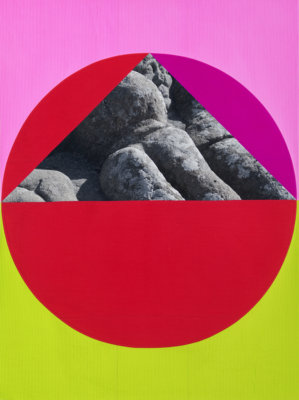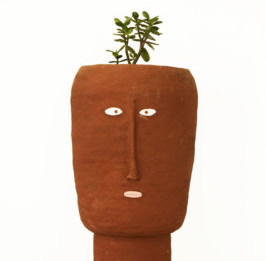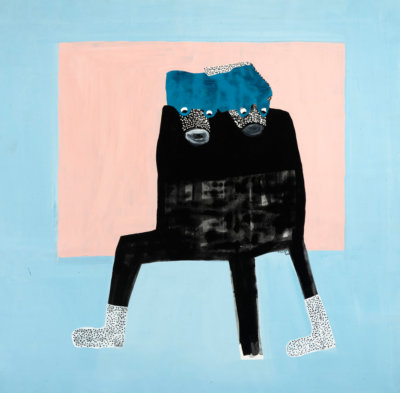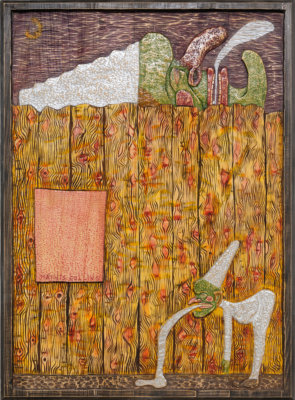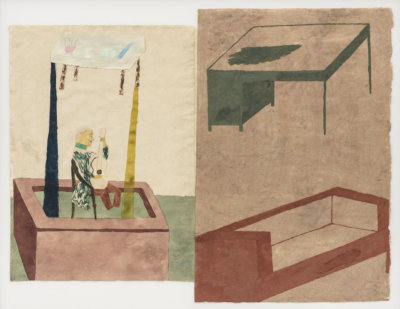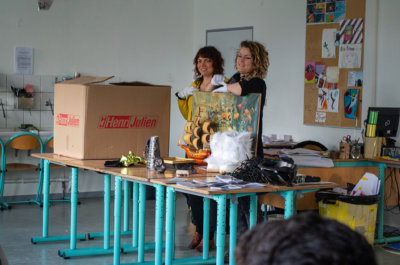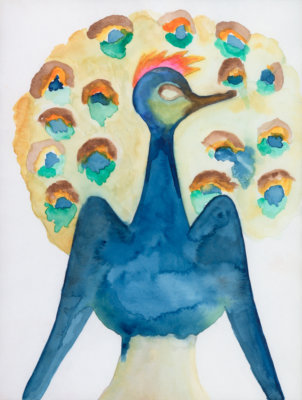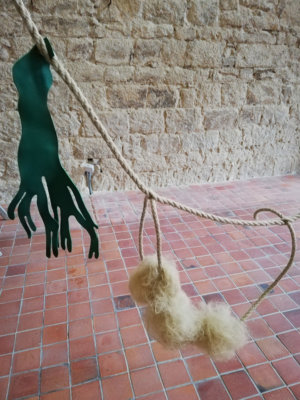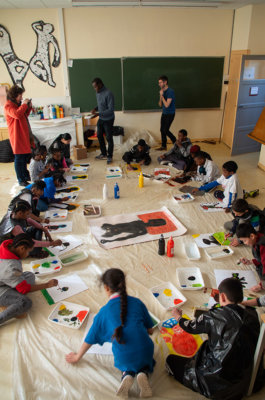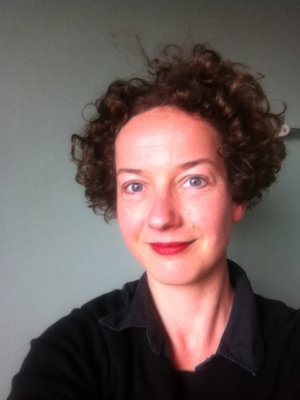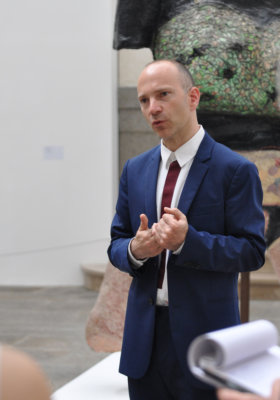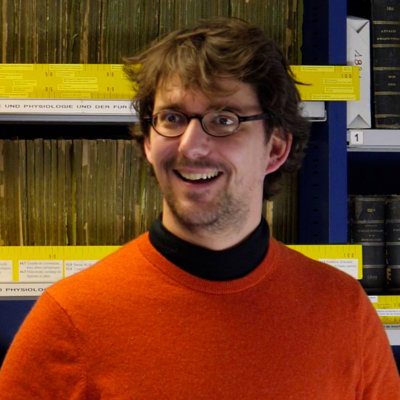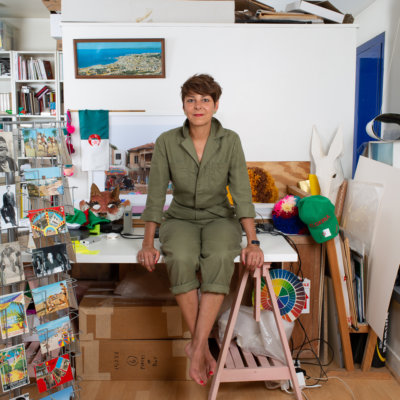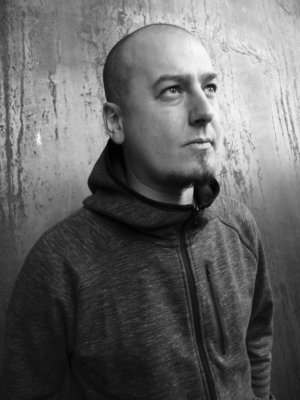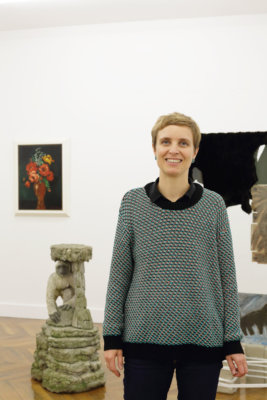Cycle
Lili, the Rozell and the Marimba
vernacular & contemporary Art
2019-2022
Over three seasons beginning in September 2019 La Criée centre for contemporary art will be presenting a cycle of exhibitions, events, research projects and encounters revolving around the vernacular and its relationship with contemporary art.
The adjective “vernacular” – from the Latin vernaculus, “native” or “domestic” – is generally used to describe what comes from a particular country or region, with specific local (“endemic”, we might say) characteristics: we speak of vernacular languages or names or architecture and so on. The vernacular always has roots somewhere. It has to do with the spirit of place.
The vernacular, though, is not bound by rigid tradition. Its creations may be underpinned by “immutable” features of their place of origin – geography, climate, age-old traditions – but they are also shaped by local changes due to new uses, people passing through, migration flows, globalisation and so on. In this sense they are powerful forces for assimilation. Spirit of place, yes, but of a place that is receptive.
The cycle’s title reflects this blend of roots and receptivity – of the creole and the archipelagic, to borrow from the philosopher and poet Édouard Glissant. The rozell is a Breton cooking utensil and the marimba an African musical instrument also widely used in Latin America. Lili is a nickname with all sorts of overtones.
The cycle Lili, the Rozell and the Marimba is an opportunity to put a series of questions regarding points of contact between vernacular and contemporary art, notably:
- – What forms do the many inputs and influences between “contemporary” and “traditional” arts (doing and making, craft, folk and popular art, outsider art, naive art, etc.) – between modernity and tradition, local and global – take in the art of today?
- – What (new?) ways of working are artists coming up with in “local” contexts?
- – How are artists contributing to a rethinking of the connections between popular and scholarly knowledge, local and global, indigenous and foreign, etc?
- The cycle also reflects La Criée’s ongoing interest in narrative:
- – How do personal narratives function as vehicles for history?
- – Do we have the right to speak about a history that is not our own? What is our initial context? How are we to express ourselves?


